Operationalize Prevention in 6 Weeks
Daily between-visit support, 24–72h risk forecasting, and clean documentation—live in weeks, not quarters.
Value Snapshot
Stabilize faster.
Early-warning signals (24–72h) and just-in-time supports reduce last-minute crises and schedule chaos.
Standardize the "in-between"
Clear roles, outreach queues, and audit-ready notes for reimbursable between-visit care (e.g., BHI/CoCM, online digital E/M, RTM mgmt—where covered).
Prove it in six weeks
A concrete plan with KPIs, training, SOPs, and exports your rev-cycle can use on day one.
How the 6 week plan works:
Policy: Stable/Drifting = patient-only; High/Crisis = provider (High in AM/PM digests; Crisis immediate).
- Week 0 — Verify (2–3 days)
Route check, digest/quiet-hours test, quick threshold spot-check, export/audit confirmation. - Week 1 — Shadow & Train
24–48h shadow run (no provider action) to confirm volumes/SLA; a single 60-min provider walkthrough. - Week 2 — Soft Launch (25–50 pts)
Provider-direct digests for High; Crisis overrides. Two brief champion touchpoints to tune. - Week 3 — Full Pilot Cohort
Scale to full panel. Targets: ≥60% weekly engagement, 100% Crisis same-day, ≥85% High <24h. - Week 4 — Optimize & Bill
Submit first claims (where covered) for provider actions on High/Crisis; tighten false-positives. - Week 5 — Harden
Lock SOP v1.2, finalize audit packet; step down to weekly/bi-weekly ops syncs. - Week 6 — Executive Readout
Executive results, “save” stories, workload impact; approve expansion by panel/service line.

Step 2
If things look steady (patient-only)
Kay keeps support with the patient:
- Tailored skills (bite-size micro-lessons)
- Community support (opt-in, lived-experience prompts)
- Real-time interventions (JIT evidence-based interventions based in CBT, DBT, Somatic, Mindfulness & Motivaitonal interviewing)
- Patients can tap Request Support anytime—no gatekeeping.
Daily check-ins (patient) → Kay starts working
Step 1
Patients complete a 30–60s AM/PM check-in. Kay analyzes patterns in real time (mood, energy, drift) and sets the day’s path
Step 3
This is a short title
Kay uses early-warning signals to band risk:
- Stable / Drifting → patient-only (no clinician page).
- Moderate & High → added to the provider’s AM/PM digest (quiet hours respected).
- Crisis → immediate alert (overrides quiet hours).
Provider works a calm inbox (twice a day)
From the digest, the clinician chooses one one-tap action per High/Crisis item:
- Secure message + 1–2 tailored skills and a short plan (eligible for online digital E/M where covered)
- Sooner touch (brief call/video or earlier visit)
- Manage & monitor (document clinical decision/time for BHI/CoCM/RTM mgmt where covered)
Repeat High within 72h? Escalate to call/sooner visit. Crisis gets same-day outreach and safety protocol.
Step 4
Documentation happens automatically (rev-cycle ready)
Kay auto-captures time, action, acting provider, and produces payer-ready exports mapped to common codes (99484; 99492–99494/G2214; 99421–99423; 98980–98981).
Step 5
Sessions start focused
Before each appointment, providers open a pre-session snapshot (trends, flags, notes) so the visit starts on what matters—less scrolling, more care.
Step 6
Light ops cadence
Because Stable/Watch stays patient-side, there’s no coordinator and no daily huddles. Teams hold a brief weekly (or bi-weekly) champion sync to adjust thresholds, celebrate “save” stories, and review SLAs.
Step 6
What your team experiences in 6 weeks
Fewer fire drills
High/Crisis only reach clinicians; Stable/Watch are handled by Kay with skills/community/JIT.
Predictable Workload
Two digests/day instead of constant paging; quiet hours honored.
Executive Clarity
Monthly reporting show engagement, alert SLAs, forecast hit-rate, time logged, and early EsdD/readmit trends
Measurable results
≥60–70% weekly engagement, ≥85% High closed <24h, “save” stories (ED avoided/earlier stabilization), first month of billable between-visit care (where covered).
Our plain-language promise
Most days, Kay supports patients directly. Only Moderate, High or Crisis alerts reach your clinicians—keeping care safe and workloads sane.
Contact us any time
Contact us any time
We will get back to you as soon as possible.
Please try again later.

